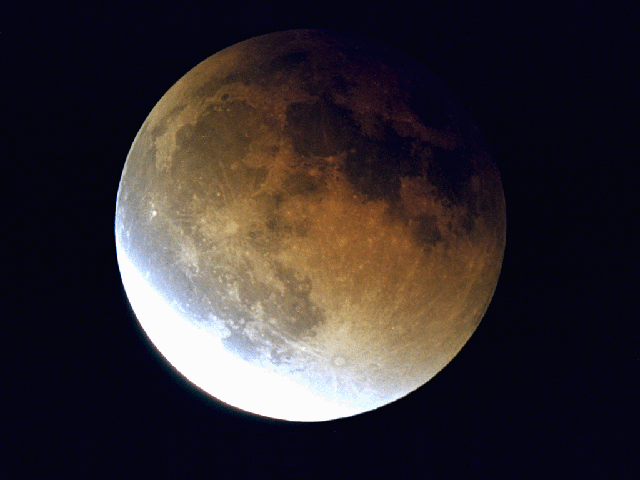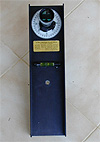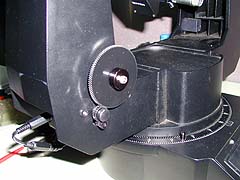Lunar Eclipse – Portugal January, 2000
I seriously started to doubt my sanity when the alarm clock went off at 2:45am. I found myself pulling on layer after layer of clothing before dragging my tired carcass outside to join the telescope in the crystal clear 4ºC January weather. The moon looks like countless other full moons I’ve seen before. Maybe a little brighter than usual, but maybe that’s just my imagination.
I was starting to doubt that I’d got the right day, when the show finally started. “Looks like somebody’s taken a bite out of the moon”, I said and smiled to myself. Time to get to those pictures! In between pictures I took occasional looks through my binoculars, but what really fascinated me was the environment. The crisp shadows were slowly dissolving, and the stars were beginning to show! A few times I couldn’t help removing the camera and looking at M42, or a cluster or two. Don’t get much chance for that during a full moon!
Turtle! 22/01/2000





